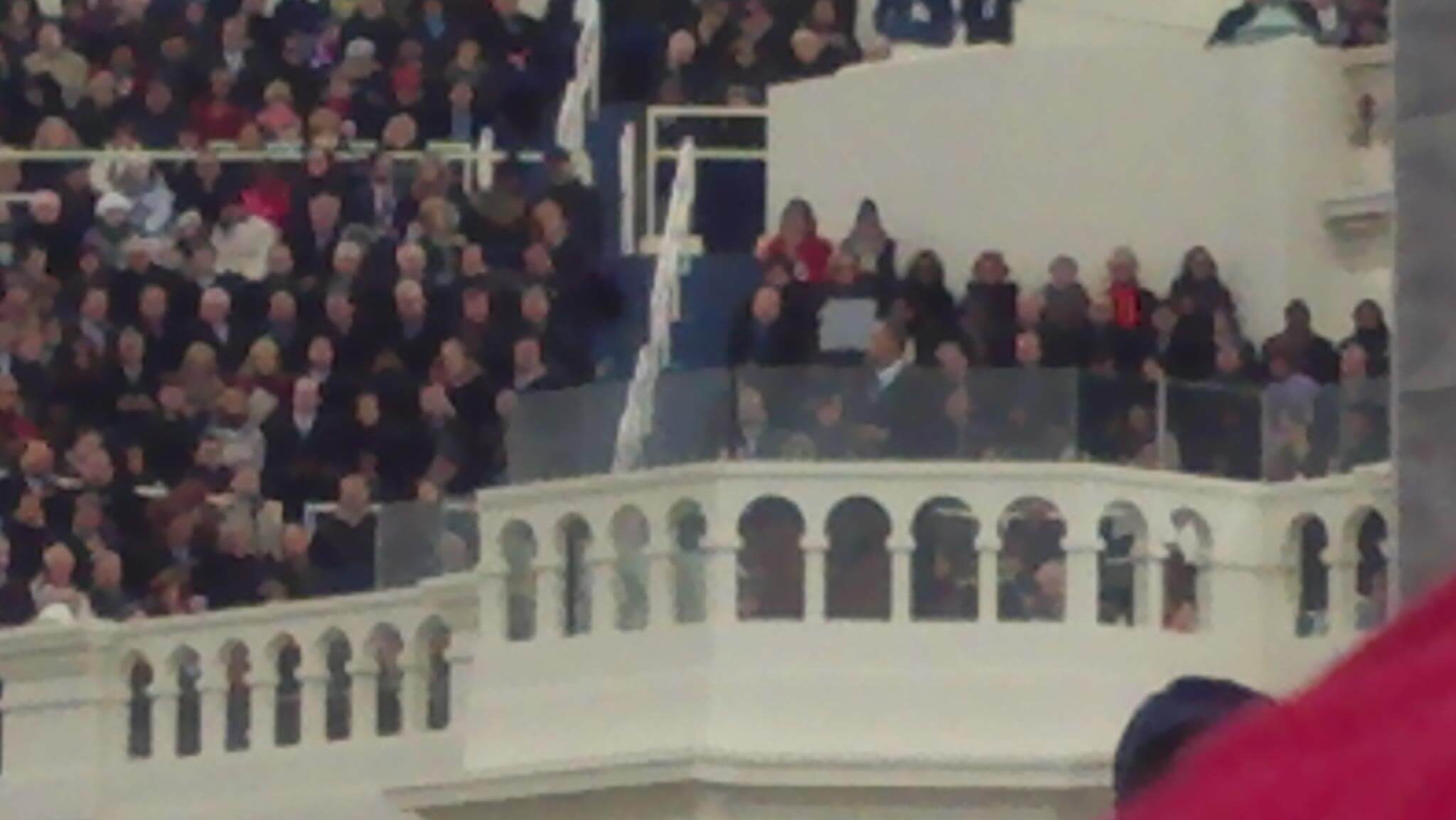The notion of the video equivalent of an RSS feed has been kicking around for years, so I pay attention when a startup makes the case that timing and technology are finally right to bring personalized newscasts to market.
That’s the pitch of entrepreneur Adriano Farano’s Watchup, an early-stage Silicon Valley business with a staff of 10 and users so far numbering only a few hundred thousand.
But since its debut in 2012, Watchup has garnered blue-chip list of backers — business relationships with Apple, Google and Microsoft, incubation at a Stanford accelerator with Knight Foundation support and content from national cable networks, local broadcast companies and the digital sites of leading newspapers.
In an interview earlier this year, Farano ticked off these features:
- Registration is free. A user indicates areas of news interest and favorite providers. That gets the feed going.
- It’s available on most any device (including the Apple Watch). The user can start and stop for a quick visit or more extended viewing anytime, and an algorithm can provide updates during the day.
- The pace is quicker than typical TV newscasts. Fewer talking heads. And in cities where Watchup has a local broadcast or newspaper video partner, the user can mix in national content from the likes of Fox News, CNN or “PBS NewsHour” (or Vox or The Verge).
- The app is meant to be consumed on the fly, typically on a smartphone. “We’ve experimented,” Farano said. “This is not for reading a long-form essay in The New Yorker; you don’t have to pay full attention.”
- “The more you use the app, the more we can personalize it,” picking up detail on news preferences and the typical length of a viewing session or individual clips.
The company is still in what’s known in venture capital circles as “the pre-revenue stage.” The Watchup stream carries a few demo ads, and, Farano said, “we see a clear path to personalized ad revenue,” as usage builds.
There are plenty of platforms on which to view video snippets. Watchup’s twist is folding local TV newscasts into the mix with partners including Scripps, Tribune Media, Cox and Meredith stations as well as McClatchy.
Local TV is the last news medium to be disrupted, Farano argues. Because local broadcast remains so strong financially with political advertising and retransmission fees, he said, “there has been a lack of experimentation in new formats. The way they (local newscasts) are produced and edited has been pretty much the same for the last 20 years. They’ve just let their audiences grow older.”
Matching the news habits of millennials and capturing cord-cutters who don’t get cable is a big selling point to investors and partners.
Farano grew up in Italy and worked for Le Figaro, before moving to Menlo Park to incubate Watchup.
His investors include Gordon Crovitz, the former Wall Street Journal executive who developed the Press+ paid digital subscription business with partner Steve Brill.
I asked Crovitz, now investing with NextNews Ventures, why he was high on the company’s prospects, and he replied by email:
It’s clear that the old days of Walter Cronkite-style linear programming are being replaced by over-the-top news, with viewers finally able to pick what news they want to watch, when and on which digital device. Watchup is at the center of this revolution, using technology to empower consumer choice while helping broadcasters reach a new audience and recapture an audience they had lost.
That said, Watchup faces hurdles. Like similar ventures — Blendle in micro-payments or the Local Media Consortium in digital ad placements — it has broad participation but lacks some of the biggest players, who opt to go it alone. In Watchup’s case, the missing include the two of the three traditional networks’ news divisions, the largest local station group, Sinclair, The New York Times, BuzzFeed and The Huffington Post.
And Watchup is still ramping up to get brand recognition from a broad audience, which must then sign up and use it regularly rather than shelve it, as happens with many apps. Progress is steady rather than explosive, Farano said, but already this year Watchup has added CNN as a content provider and become available on Apple TV.
RSS — which enables online syndication — has caught on but never became the powerhouse some thought it would be. Seemingly a lot of news consumers prefer not to go to the trouble of putting together a tailored but comprehensive feed. Watchup is sensibly letting algorithms do much of that work while allowing more proactive users to continuously update what they like and don’t.
There are competing startups in the space, but the most potent competitor, my knowledgeable colleague Al Tompkins told me, is Facebook. Its billion-plus users are exposed to plentiful video of all kinds and provide a ton of additional traffic to broadcasters.
Farano has heard this one before and replied by email:
My point on Facebook is simple. Yes, we consider them a competitor because they’ve done a fantastic job making video content (and video news in particular) virtually ubiquitous in their users’ news feeds.
But we also see a key differentiation. Video watching on Facebook is more akin to snacking. In fact, a typical user’s attention span is so narrow on Facebook that they measure a video as watched if it’s viewed for more than three seconds! For a main course of news, Watchup is the much better way to go because it aligns the power of in-depth reporting with on-demand viewing. And with Watchup, it’s delivered in a personalized newscast of continuous short form videos that stream one after another. As a result, users get an effortless experience but also a high level of density in their news consumption.
I’m not here to anoint Watchup as a sure winner. But, should it catch on, it could elevate consumption of news in the millennial mobile diet — and perhaps prod local broadcasters to develop some new tricks as well.
Correction: Watchup includes CBS among its contents; an earlier version of this post said that it lacked content from all three of the traditional networks,







